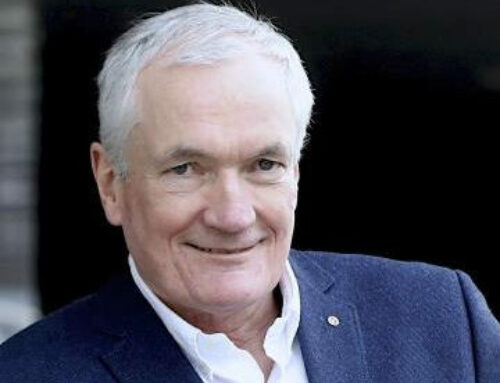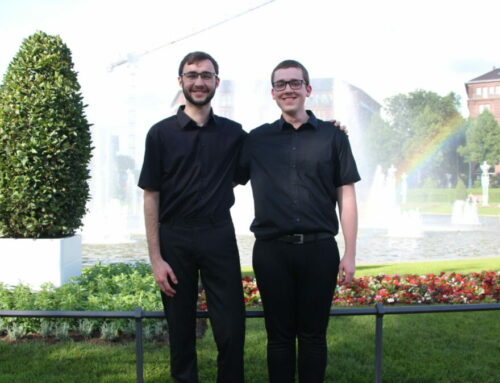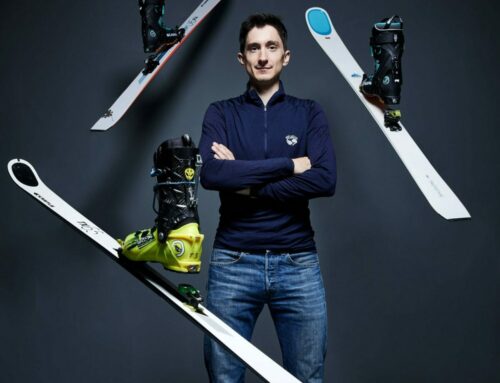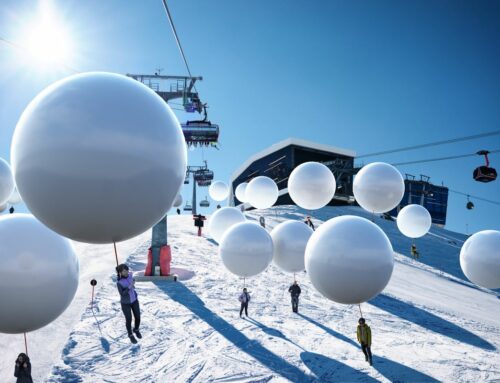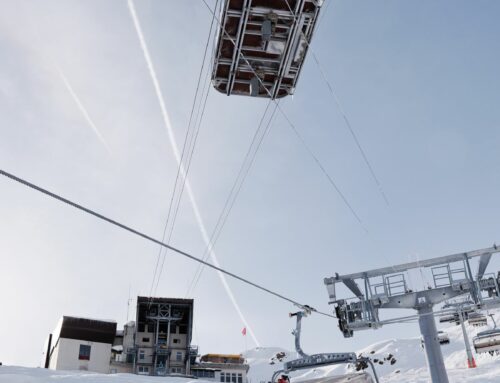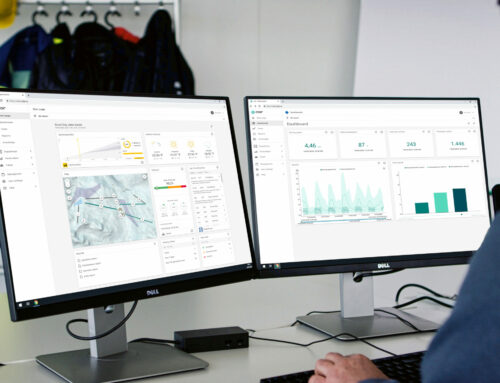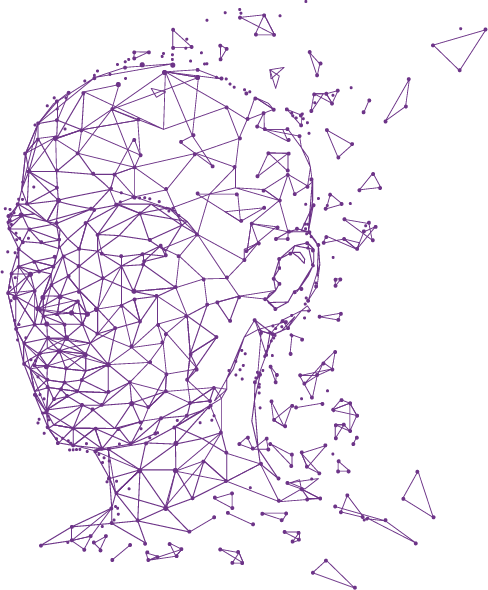
Digitalisation & Innovation
Branch topic: Artificial Intelligence
Not only Microsoft’s ChatGPT is currently on everyone’s lips. Artificial Intelligence in general is poised to change the economy, the working world, and society.
This development does not spare alpine tourism either. In the past decades, ski resorts have always been able to rely on the innovative power of the supply industry.
But is this also the case with Artificial Intelligence (AI)? The SI Magazine has inquired within the industry in the German-speaking Alpine region – the “Silicon Valley” of the global winter sports industry. The signs are certainly not bad. Much is in planning – and some things are already a reality.
Terms
In principle, Artificial Intelligence can be distinguished into weak and strong AI. Weak AI operates according to rules and is already widely used in our everyday lives – for example, in translator apps, recommendation systems on YouTube, or image recognition.
Strong AI, on the other hand, simulates the human thought process. It has the freedom to decide. Many of the already available industry solutions can be attributed to weak AI, and strong AI probably still needs time.
Important AI Terms
- Artificial Intelligence: Any technology that enables computers to imitate human actions (perceive, act, adapt).
- Machine Learning: Techniques that allow computers to learn without being explicitly programmed. Algorithms that improve with more data.
- Deep Learning: A subset of Machine Learning where deep neural networks learn from large datasets (Big Data).
Cable Cars & Technology
In cable cars, AI is currently being utilized primarily in three areas. Firstly, the Eco-Mode, such as implemented by SISAG, autonomously regulates the cable car’s speed based on the number of waiting passengers in the entrance areas.
Secondly, the operation without operating personnel – a prime example is DOPPELMAYR’s “Autonomous Ropeway Operation” or AURO. Equipped with cameras and sensors, these systems continuously capture and transmit safety-relevant data. Thanks to this technology, the cable car can operate without supervising staff, following a predefined schedule.
Thirdly, predictive maintenance, which companies like LEITNER are researching. Based on data analysis, AI software generates predictions for when maintenance work is required.
These predictions can be based on schedules or actual needs, allowing operators to avoid unnecessary maintenance while performing crucial repairs in a timely manner.
Maintenance and service
Speaking of maintenance and service: AI is also involved in cable inspection. Currently, FATZER and LETSCAN are researching TRUscan.deep: The automated magnetic inductive rope inspection system aims to identify even minor surface damages.
The goal is an improved and simplified rope inspection, along with preventive and planned maintenance. Algorithms supported by AI are used for the analysis of inspection records.
Safety on the cable is further ensured by the AI-assisted wind forecast from SISAG, which incorporates Machine Learning. Weather data is not only measured and recorded, but wind data is also forecasted using artificial intelligence. These wind forecasts facilitate both planning and enhance the safety of the installations.

Chatbots
in guest communication operate with AI. © Onlim
Snowmaking & Slope Maintenance
In technical snowmaking, AI also plays a role. AI applications are used in plant control and snow management at the product level.
An example from TECHNOALPIN: Based on precise weather forecasts, the ATASSpro software derives a production forecast with a reliable prediction of the possible snow quantity producible for the next seven days.
In the case of snow groomers, both KÄSSBOHRER and PRINOTH are working on implementing AI. PRINOTH, for example, utilizes Machine Learning to gather information for the development of new vehicle functions.
Visitor Management
REMEC models guest numbers and flow in a cable car destination with KASSANDRA and POLLUX. With Machine Learning in the background, fluctuations in guest numbers can be better understood, and connections between weather and visitor numbers can be more easily identified.
Precise data foundations are crucial for the functionality of these systems. For KASSANDRA, these are primarily historical data. When compared with current weather forecasts and calendar data, such as holidays and events, this results in a guest forecast.
Technologies like video stream analysis and 3D sensor techniques are used to measure and classify guest numbers, as well as to detect guest flows. It can also be checked whether a gondola lift, funicular, or pendulum lift is carrying empty cabins or how many free spaces are available in a gondola lift.
These technologies are also applied in other areas. For instance, in chairlifts, AI can control the closure of safety bars. In the SKADII Flow System by the company SKADII, AI supports cameras in accurately and anonymously counting guests to gather data on the utilization and popularity of parking lots, slopes, attractions, and ticket booths – providing essential information for the right investment decisions.
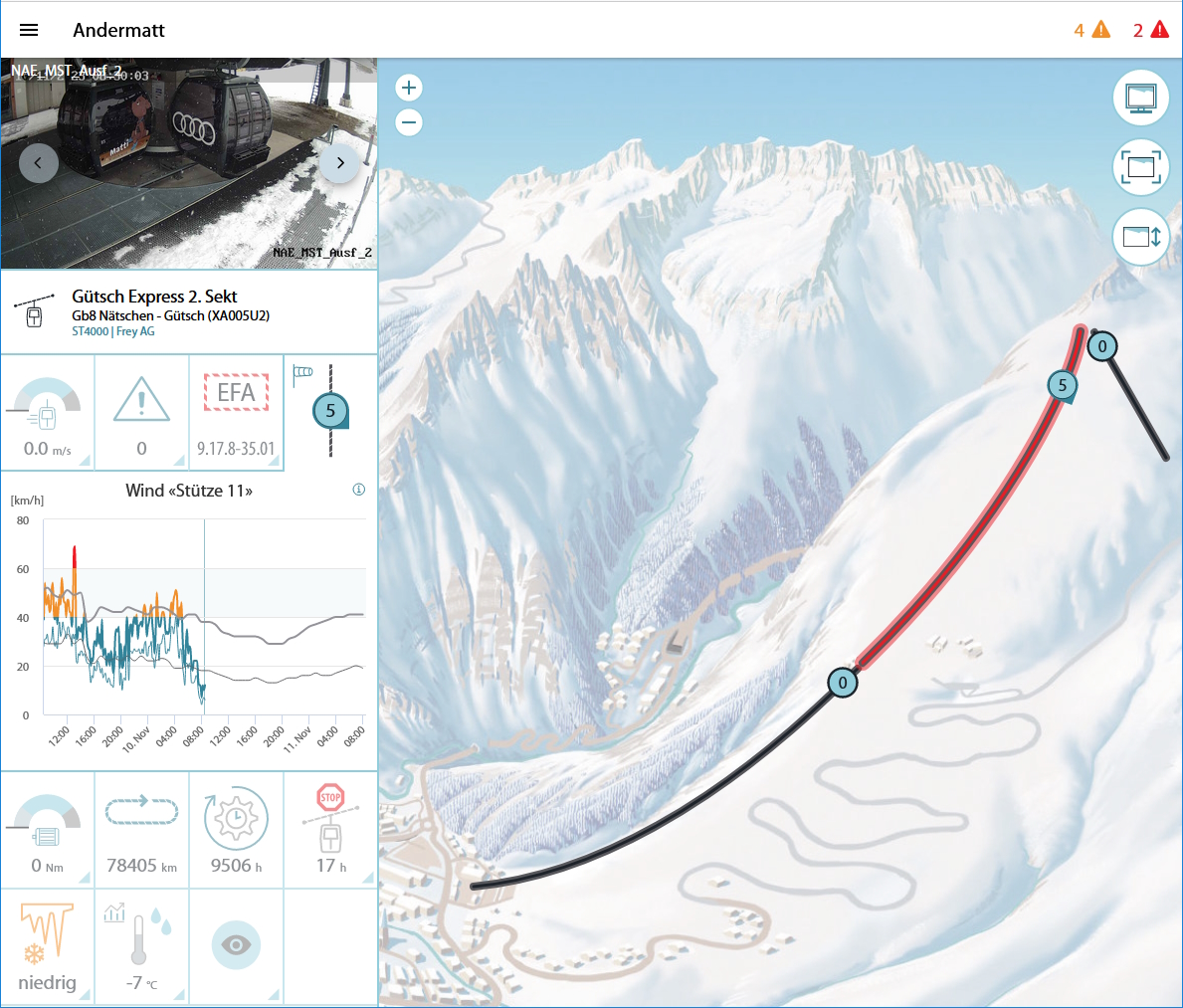
The wind forecast
by SISAG is generated by AI.
Guest Communication
Speaking of cameras: PANOMAX has been using a self-developed AI for several years to pixelate individuals and license plates in an extremely high-quality and automated manner.
On the other hand, by participating in ONLIM, FERATEL brought AI experts into the company back in 2017.
In the same year, the ONLIM Deskline Edition software platform was launched, enabling the automated creation, management, and distribution of content to chatbots and Intelligent Personal Assistants (IPAs).
In 2018, the Onlim Mountain Bot followed, allowing cable cars to benefit from these new technologies for the first time.
In collaboration with the STI research group at the University of Innsbruck and Onlim, FERATEL also launched the MindLab project in 2018. Its goal was to provide high-quality data, methods, and tools for automated dialogue management via chatbots and voice assistants.
The basis was a system-open knowledge database modeled as a graph (Knowledge Graph). It was one of the largest research projects in Austria related to AI. In 2019, FERATEL participated in the Cross Media Agency pixelpoint.
Together, an open.datahub was developed and launched this year. The core idea: Touristic data from a destination (that are copyright-free and appropriately marked) are collected in a database, according to defined standards, and these data are made freely available to all market participants through widgets and interfaces.
